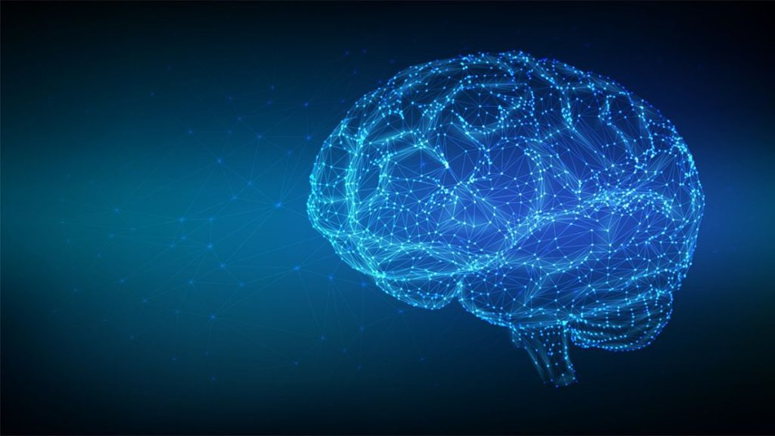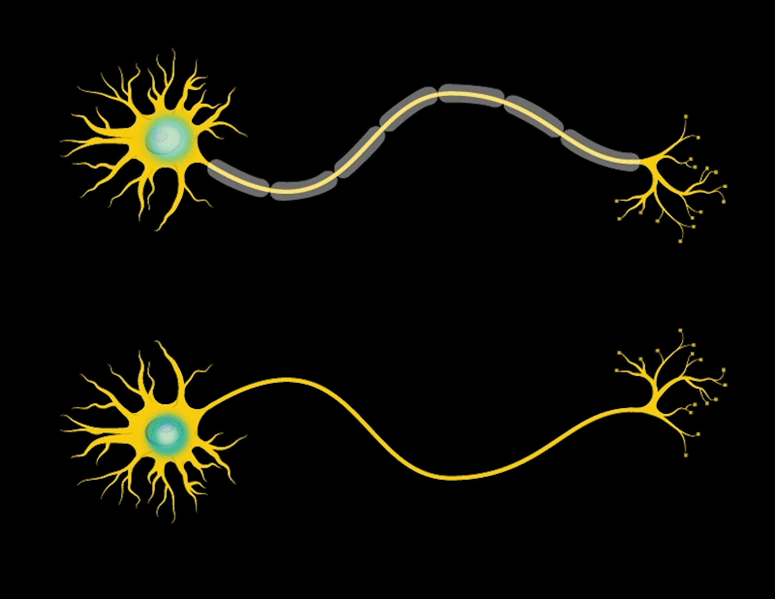?How do brain cells communicate with each other

Exploring the intricacies of neural transmission
How the brain works is a fascinating topic that continues to pique the interest of scientists and the general public. At the heart of this complexity are neurons, brain cells that communicate with each other through elaborate mechanisms. This fast and precise neural communication allows our brain to perceive the world, process information and trigger actions.
THE ACTION POTENTIAL: A FAST ELECTRIC WAVE
The first element of this communication process is the action potential , or an electrical wave triggered in the neuron . Neurons are located in the brain, spinal cord and the rest of the body and generally communicate in the same way. An action potential is an electrical discharge that travels along neurons, similar to an electric wave, allowing neurons to transmit information over long distances in the brain .
To pay attention to something (like the sound of the doorbell, for example), the sensory organ's receptors activate neurons that lead to the brain. Small tunnels in the membrane of neurons open, allowing positively charged molecules, ions, to enter the cell .

These charged particles propagate along the membrane of the cell, like electrons do in the wires of electrical devices. This electrical signal travels from the cell's membrane to its axon, a long, thin structure that exits the cell body. This axon is separated from the axon of the next neuron in the communication chain by a gap called a synapse .
NEUROTRANSMITTERS: SPECIFIC CHEMICAL MESSENGERS
When this electrical wave reaches the end of an axon, the neuron releases chemicals called neurotransmitters into the synapse. These chemicals travel through the gap and attach to specific receptors on the next neuron. If enough receptors are activated, the receiving neuron can generate its own action potential and transmit the message to other neurons in the network.
Since only cells that are connected by a synapse can communicate through neurotransmitters, they can be thought of as “secret messages” detectable at that time only by those two neurons and not those around them, Mike explained. Ludwig, professor of neurophysiology at the University of Edinburgh in the UK.
Neurotransmitters are involved in various brain functions, such as mood , attention, motivation, and memory . For example, dopamine is a neurotransmitter associated with pleasure and reward, while serotonin is linked to mood and well-being.

NEUROPEPTIDES: DIFFUSE CHEMICAL SIGNALS
Nevertheless, neurons are also capable of delivering "public announcements", Ludwig added. Neurons do this by releasing small protein fragments , called neuropeptides , across their cell membranes. Action potentials trigger the release of neuropeptides, but instead of traveling a few nanometers to the next neuron as neurotransmitters do, the neuropeptides take a long journey around the brain. Floating in the fluid that surrounds the brain, they eventually bind to receptors located in distant brain regions.
" What's important is not so much the signaling molecule itself, but the distribution of its receptor ," or its location in the brain, Ludwig said. In animal studies, when scientists change the location and density of certain receptors, it alters animal behavior. This suggests that thoughts and actions depend not only on which nerve cells are directly connected, but also on the sensitivity of different brain cells to distant neuropeptides.
Neuropeptides can affect many behaviors, such as appetite, sexual desire , stress, pain, and social attachment. For example, oxytocin is a neuropeptide that promotes romantic and family relationships in humans and animals. Alpha-melanocyte-stimulating hormone (alpha-MSH) is another neuropeptide that appears to suppress hunger and boost libido in laboratory animals and humans.

THE INTERPLAY BETWEEN FORMS OF NEURAL COMMUNICATION
Both short- and long-distance forms of neural communication can interact. New data suggest that neuropeptides play a role in synaptic plasticity , that is, the ability of neurons to change the intensity of their signals in response to different experiences. Synaptic plasticity is the basis of learning: when students prepare for an exam, for example, the synapses where memory is stored strengthen a little more.
Neuropeptides can also affect a neuron's sensitivity to neurotransmitters and therefore influence the likelihood that it will generate its own action potential in response to others. It seems that the brain's "public announcements" can influence the cells' private conversations.
Neuronal communication is therefore a complex and dynamic process involving electrical and chemical signals at different scales. Understanding these mechanisms could lead to a better understanding of how the brain shapes human behavior.
Source : websites

